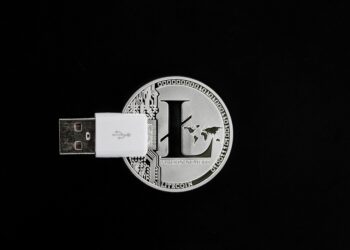Blockchain technology is becoming increasingly popular and important in today’s digital world, and one of the key concepts that underpins this technology is proof of work. If you are new to blockchain technology and are looking to understand how proof of work works, this beginner’s guide is for you.
Proof of work is a consensus algorithm that is used to confirm transactions and add new blocks to the blockchain. In simple terms, it is a way for participants in a blockchain network to prove that they have put in the necessary computational work to validate transactions and maintain the integrity of the network.
The process of proof of work starts when a new transaction is made on the network. This transaction is grouped together with other pending transactions to form a new block. Miners on the network then compete to solve a complex mathematical puzzle by using their computational power. The first miner to solve the puzzle broadcasts their solution to the rest of the network for verification.
Once the solution is verified by the other miners, the new block is added to the blockchain, and the miner who solved the puzzle is rewarded with a certain amount of cryptocurrency. This process not only validates the transaction but also helps to secure the network against fraud and attacks.
One of the key features of proof of work is its decentralized nature. Since miners compete to solve the mathematical puzzle, no single entity has control over the network. This helps to prevent any individual or group from manipulating the blockchain for their own gain.
However, proof of work does have its limitations. One of the main criticisms of this algorithm is the amount of computational power and electricity that is required to solve the puzzles. This has led to concerns about the environmental impact of proof of work, as mining operations can consume a significant amount of energy.
To address these concerns, some blockchain networks are exploring alternative consensus algorithms, such as proof of stake, which rely on validators holding a certain amount of cryptocurrency to validate transactions. These algorithms are more energy-efficient and are seen as a more sustainable option for securing blockchain networks.
In conclusion, proof of work is an essential concept in blockchain technology that helps to secure the network and validate transactions. While it is a proven and reliable consensus algorithm, it does have its drawbacks, particularly in terms of energy consumption. As blockchain technology continues to evolve, it is important for newcomers to understand the various consensus algorithms and their implications for the future of the technology.








